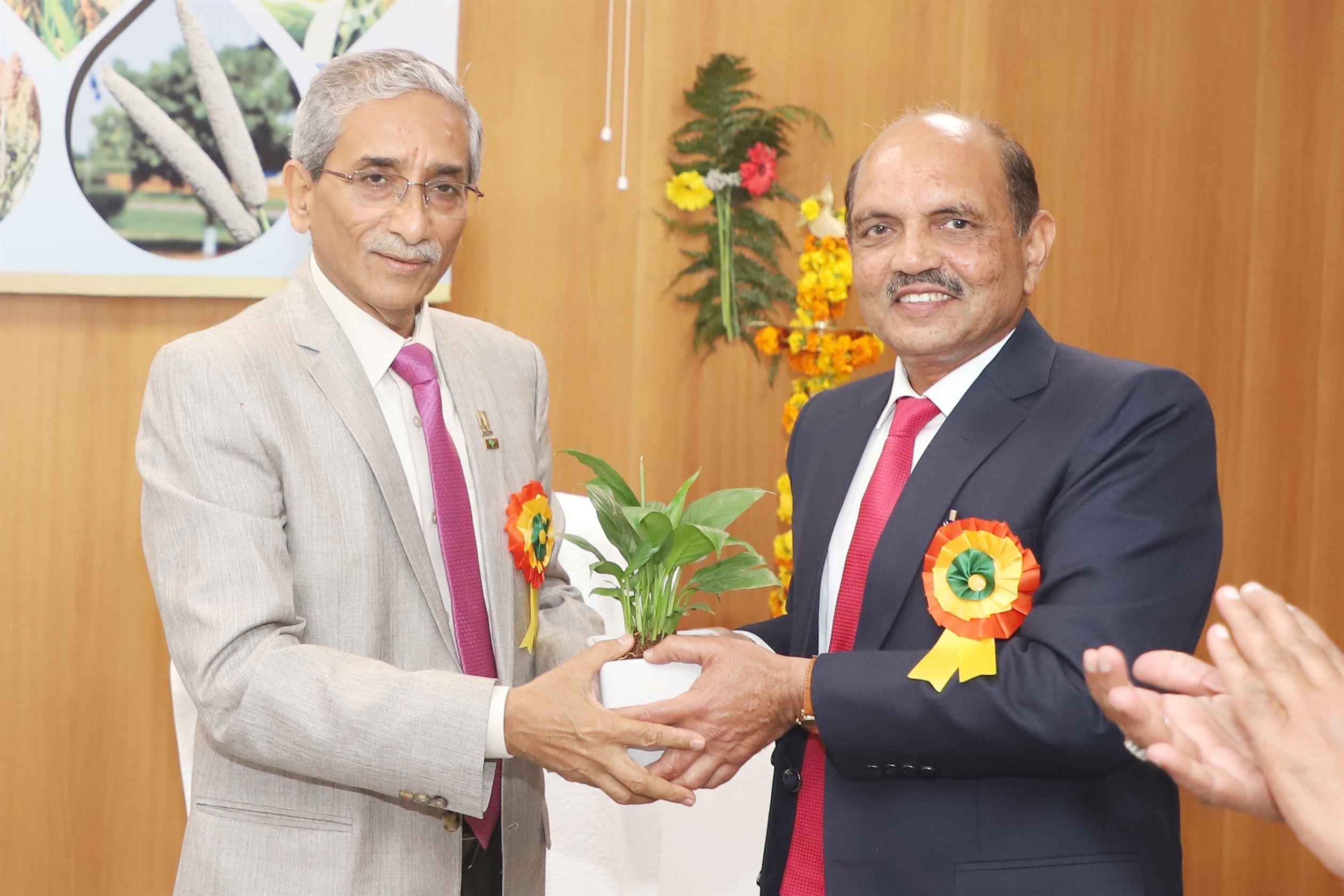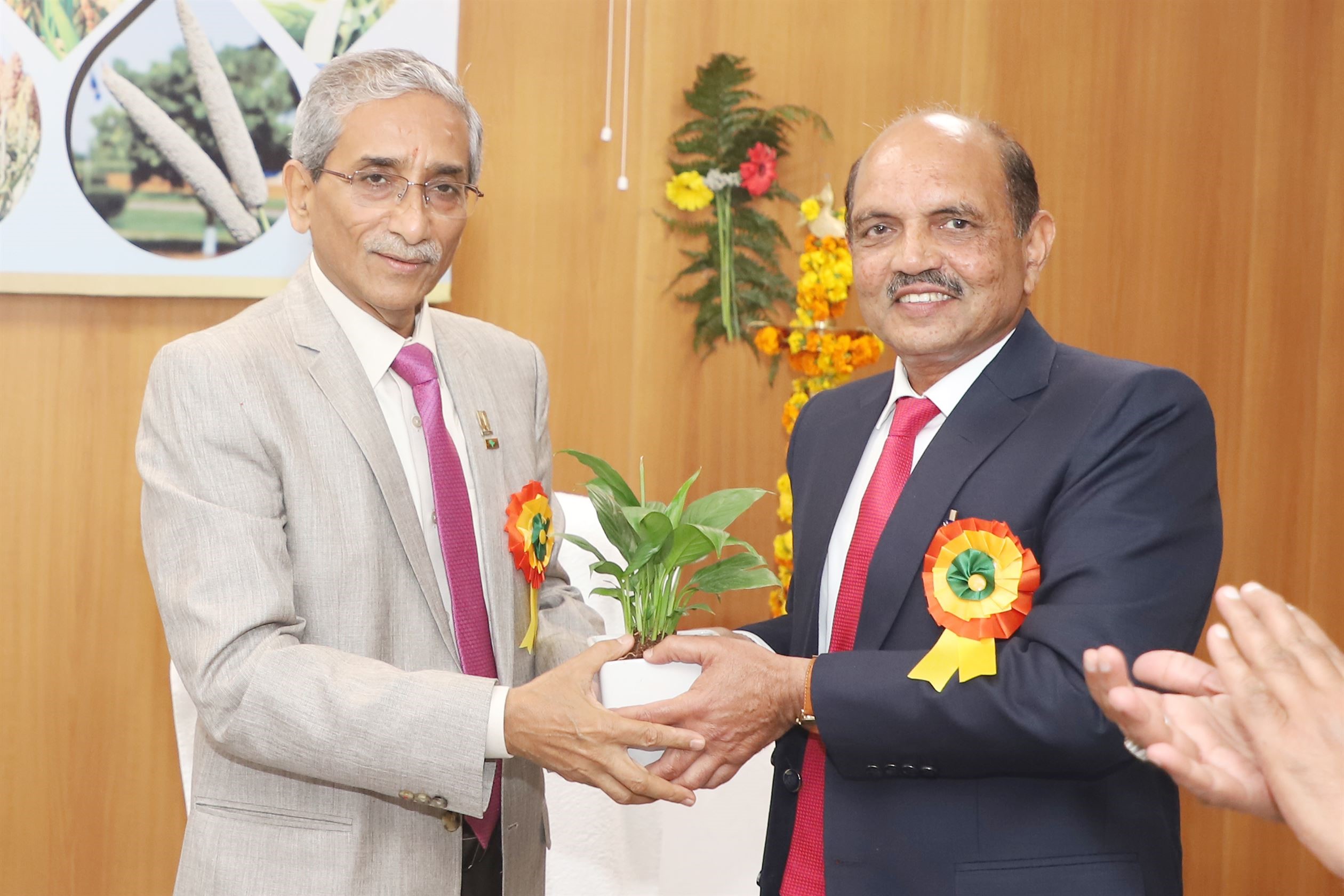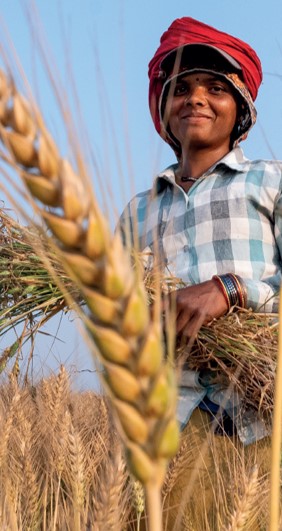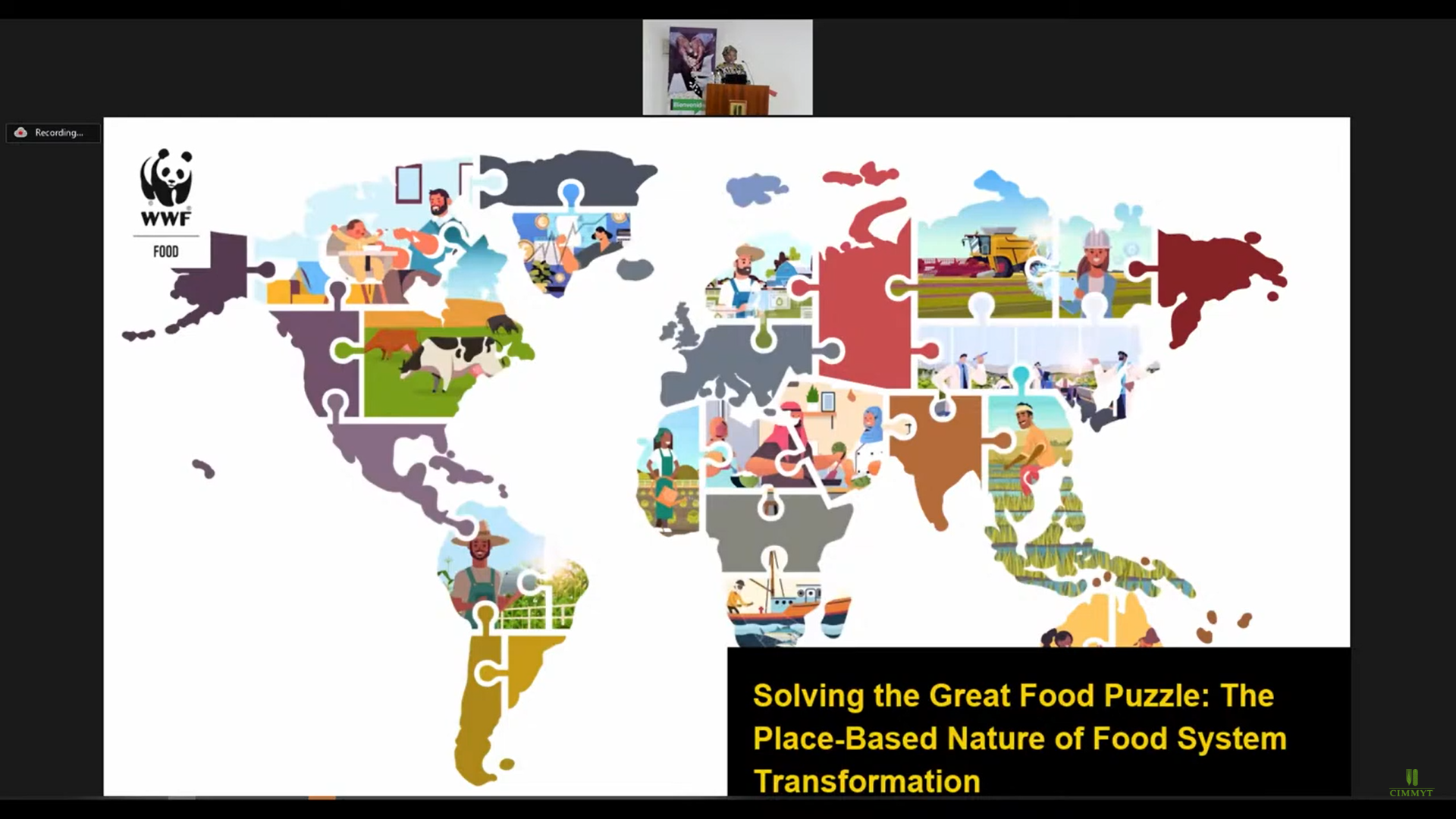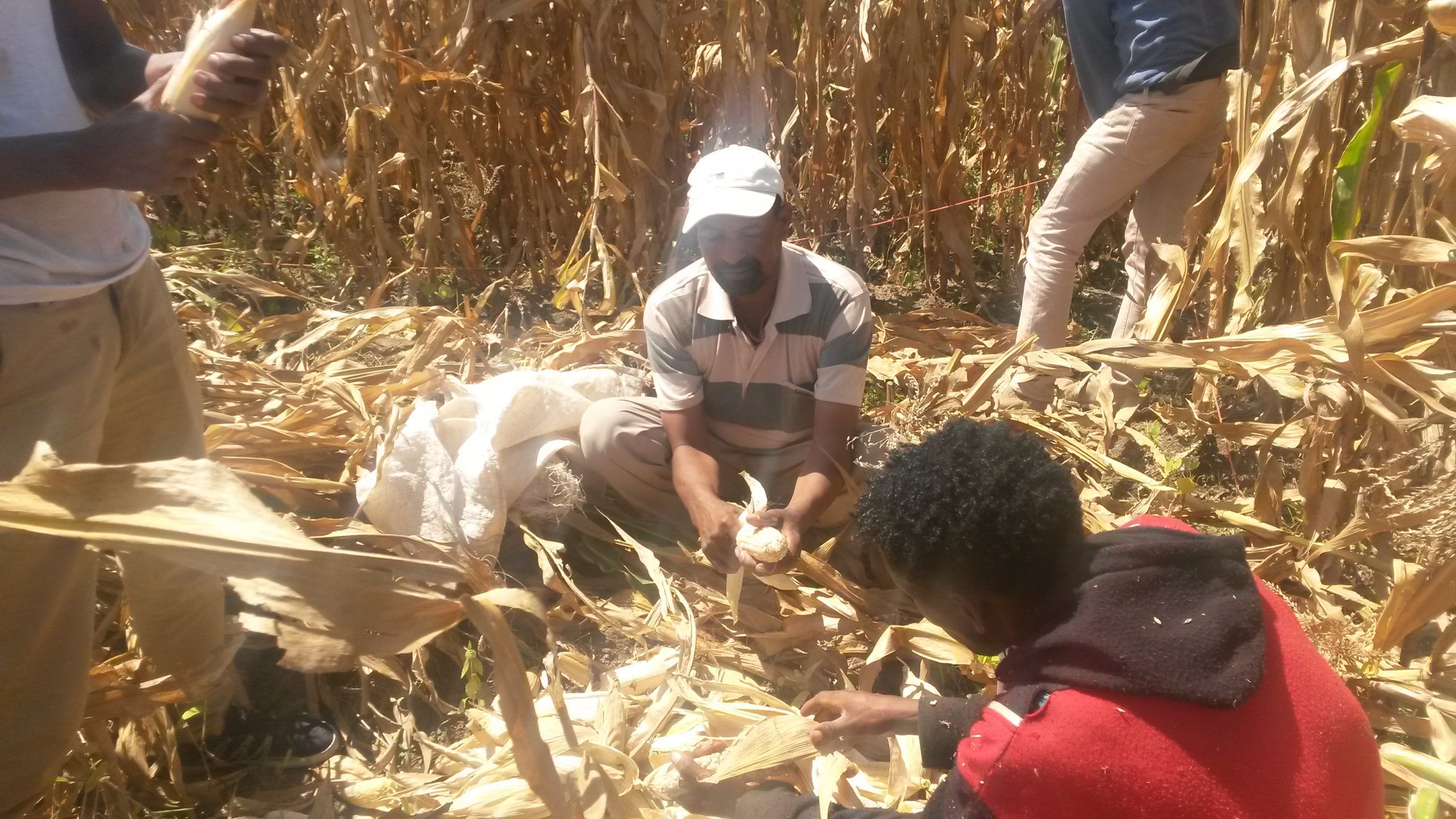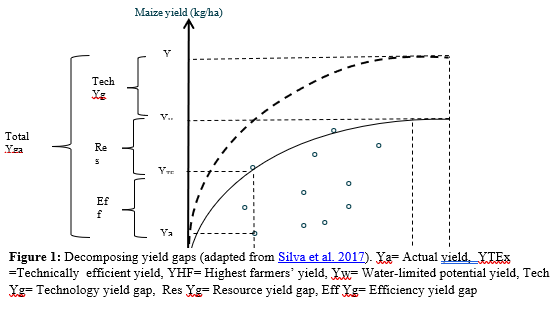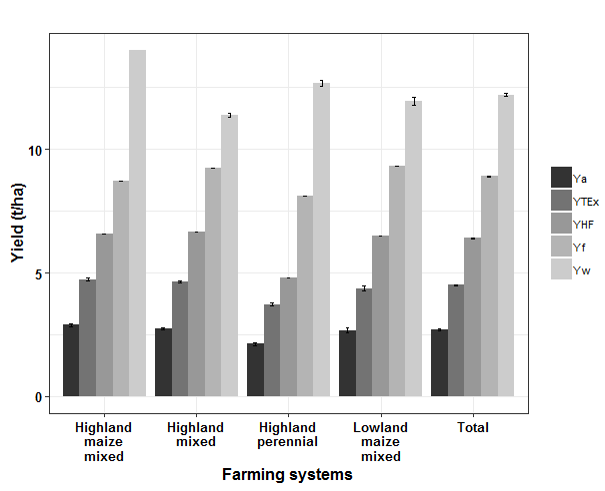Promoting fertilizer awareness in Tanzania

With the support of the Southern Africa Accelerated Innovation Delivery Initiative (AID-I) Rapid Delivery Hub, ADP Mbozi, and the Tanzania Agricultural Research Institute (TARI) at Uyole (key implementing partners in the Southern Highland Consortium), the Songwe region of Tanzania is setting for a pivotal initiative to enhance crop yields significantly.
In anticipation of the forthcoming Mega Demo and Mother Demo planting events, the AID-I partners orchestrated workshops and training sessions for local farmers.
This multifaceted endeavor involves both comprehensive soil testing and an educational campaign aimed at enlightening farmers on the proper use of fertilizers, aligning their application with the specific requirements of cultivated crops.
The Songwe region is in the Southern Agricultural Growth Corridor of Tanzania (SAGCOT) and is a breadbasket region of Tanzania.
Soil testing offers farmers invaluable insights for informed decision-making concerning fertilizer application. Armed with knowledge about their soil’s nutrient status, farmers can precisely tailor fertilizer usage, steering clear of both excessive and insufficient application. The adverse effects of over-application, such as environmental pollution and crop damage, and the consequences of under-application, leading to nutrient deficiencies and stunted crop growth, are mitigated.
These sessions fostered participation and equipped farmers with an enhanced understanding of the intricate relationship between soil nutrients, fertilizer application, crop nutrition, plant development, and management for improved crop productivity.
The Alliance for Green Revolution in Africa (AGRA), through its implementing partners, conducted soil tests at 235 sites in 2023 within the Southern Highland and Western Great Lakes consortia. The consolidated results of soil tests and recommendations were disseminated to government officials and agricultural extension agents in wards and villages for informed decisions to improve the status of soil health. The resulting data is distributed to farmers to help inform their decision-making around the type and variety of fertilizer to use.
The active involvement of farmers in soil testing and awareness initiatives underscores their recognition of the potential benefits for their livelihoods. Armed with newfound knowledge, farmers are now empowered to make informed decisions regarding fertilizer use, ensuring an optimal nutrient balance for their crops and maximizing productivity. Young farmers from the area also participated in activities from mapping to collection of soil samples in different villages, with a clear vision of conducting soil testing with the goal of mitigating climate change.
“The proactive stance of the Songwe region towards soil testing and fertilizer awareness reflects a steadfast commitment to sustainable agriculture and farmer empowerment,” said Project Officer ADP MBOZI, Edward Mwakagile. “By providing farmers with the knowledge and tools to manage their soil and fertilizer use effectively, the region is laying a robust foundation for successful Mega Demo and Mother Demo planting events, promising enhanced agricultural productivity in the years ahead.”

